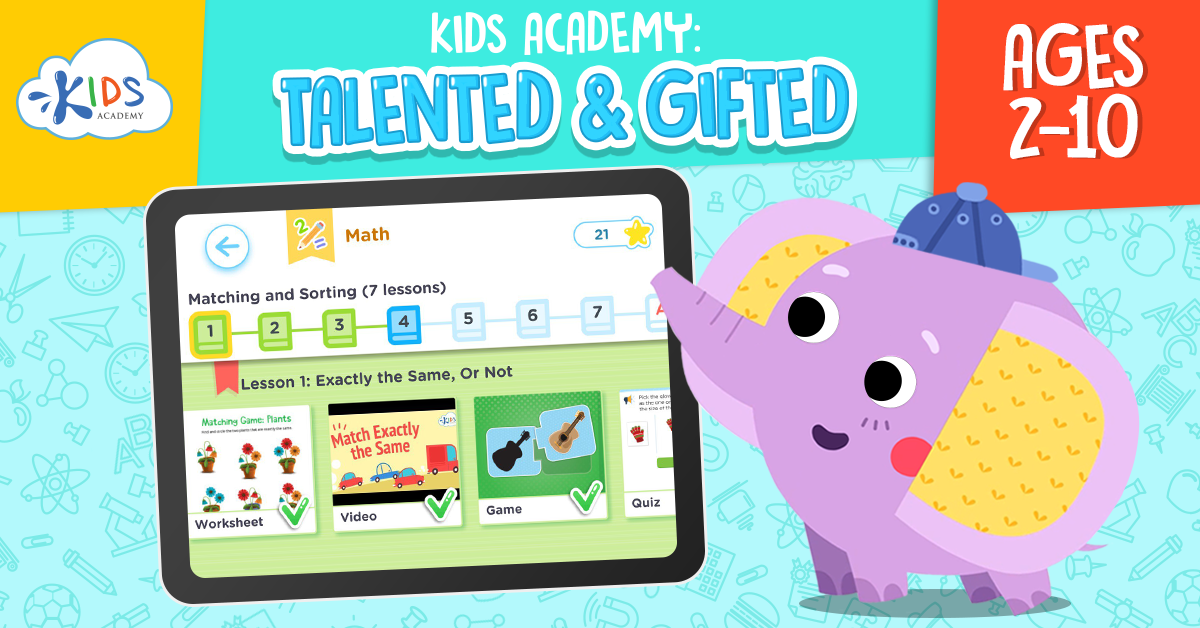Understanding graphs Math Worksheets for 7-Year-Olds
4 filtered results
-
From - To
Enhance your child's analytical skills with our "Understanding Graphs" math worksheets tailored for 7-year-olds. These engaging, age-appropriate activities guide young learners in interpreting bar graphs, pictograms, and line plots. Our worksheets not only make learning fun but also lay the foundation for essential data interpretation skills. With brightly colored visuals and simple instructions, children will confidently learn to read, analyze, and create a variety of graphs. Ideal for classroom or home use, these worksheets promote critical thinking and are aligned with common core standards. Download now to give your child a head start in mastering graph concepts!
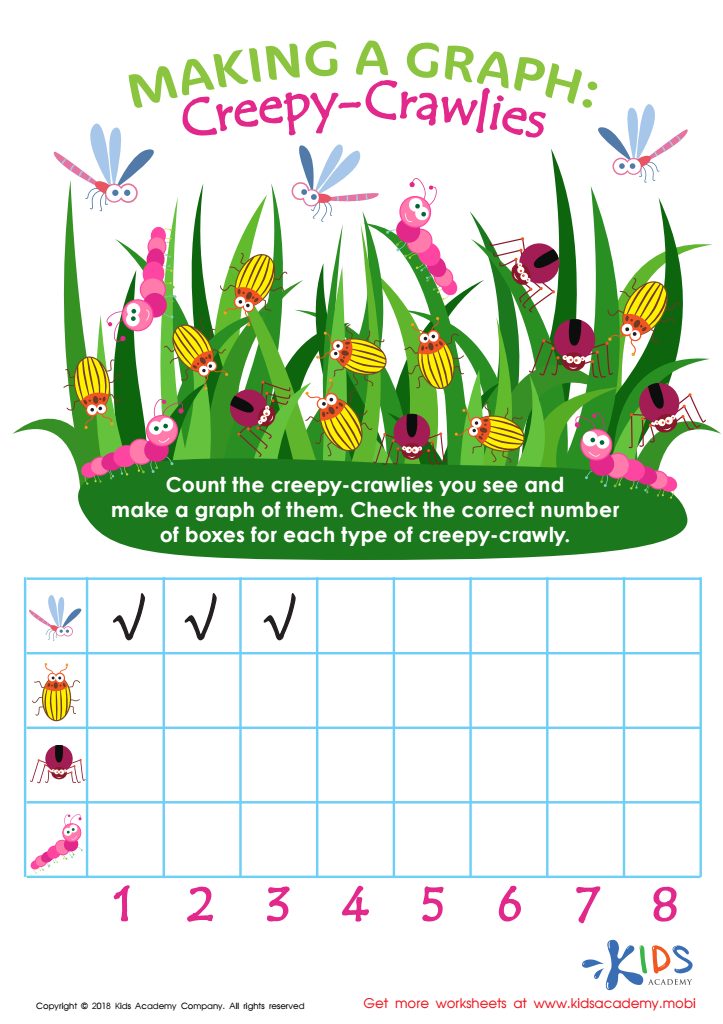

Making a Graph: Creepy Crawlies Worksheet
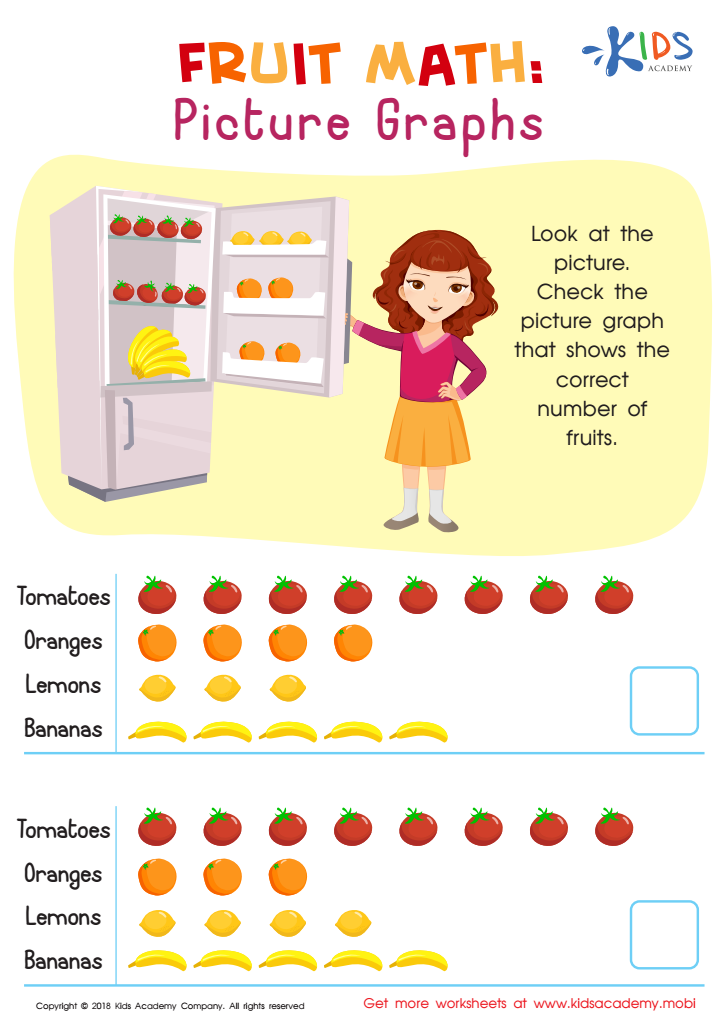

Fruit Math: Picture Graphs Worksheet
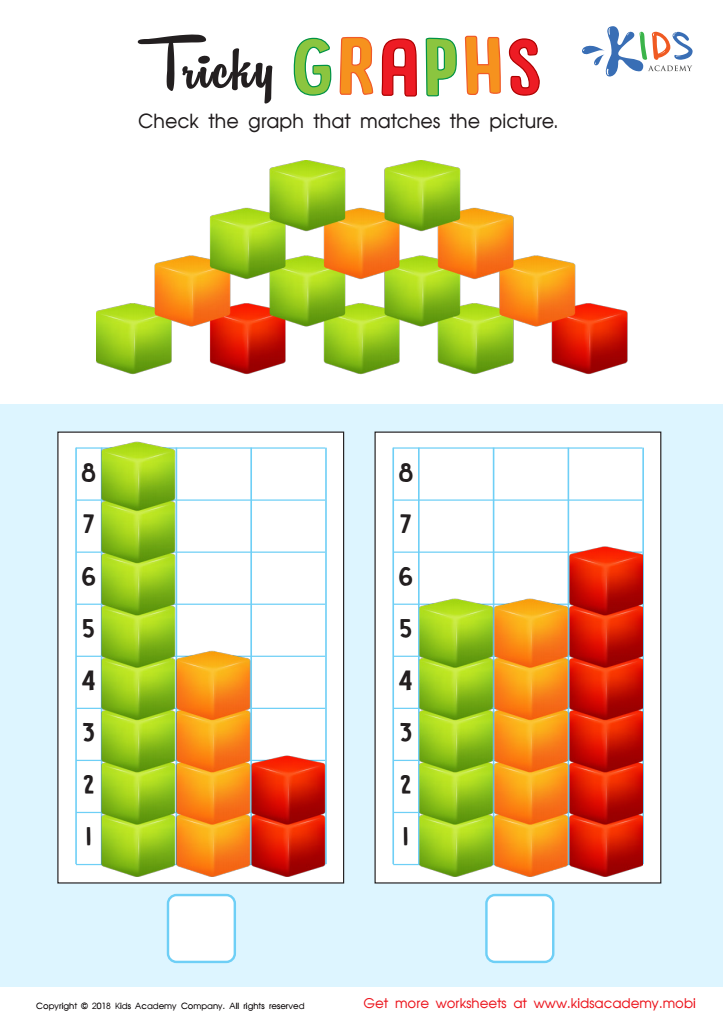

Tricky Graphs Worksheet
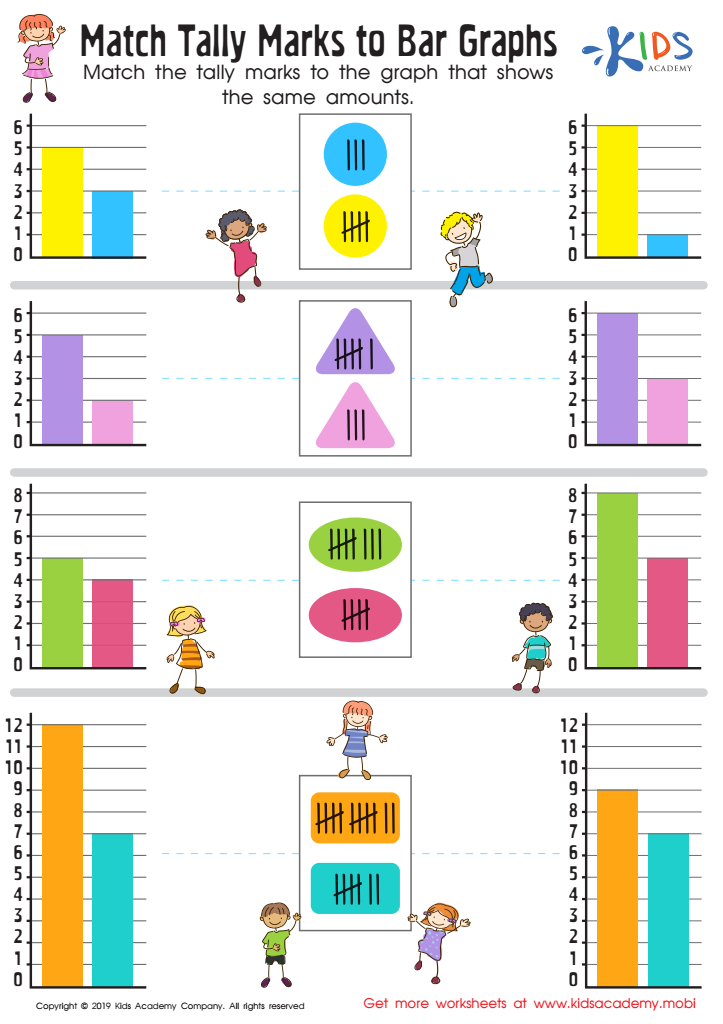

Match Tally Marks to Bar Graphs Worksheet
Understanding graphs is crucial for 7-year-olds because it lays the foundation for essential analytical and reasoning skills. At this age, children are naturally curious and starting to comprehend more complex aspects of the world around them. Introducing graphs through visual and interactive means enables them to organize information coherently, making abstract concepts more concrete.
Graphs allow young learners to interpret data, identify patterns, and make meaningful connections. For instance, bar graphs can help them compare quantities, while line graphs can aid in understanding trends over time. These skills are not limited to mathematics alone but extend to science, social studies, and everyday decision-making processes. For example, reading a weather chart helps them understand climate patterns; interpreting a class survey graph fosters social awareness and empathy.
Moreover, graphs enhance critical thinking and problem-solving, encouraging students to ask questions and seek evidence. By teaching them to extract information from graphs, parents and teachers also nurture their ability to communicate findings clearly, a skill invaluable in professional and personal settings alike.
Incorporating graph comprehension in early education means building a lifetime of analytical mindset and preparedness for future academic challenges. Therefore, it's imperative for parents and teachers to prioritize this aspect of mathematical education, making it an engaging and integral part of the learning journey.

 Assign to My Students
Assign to My Students







